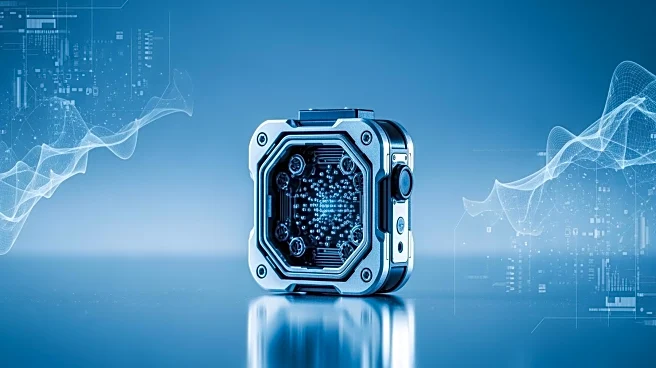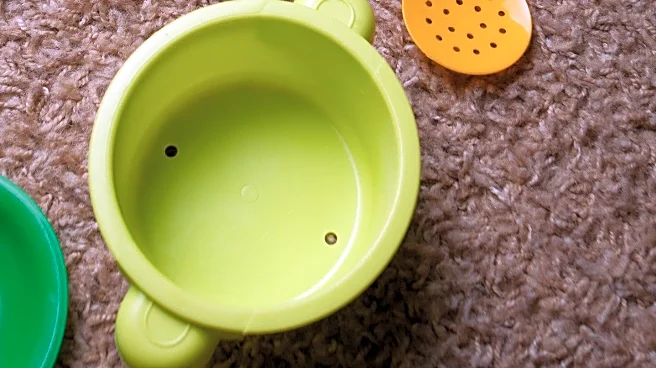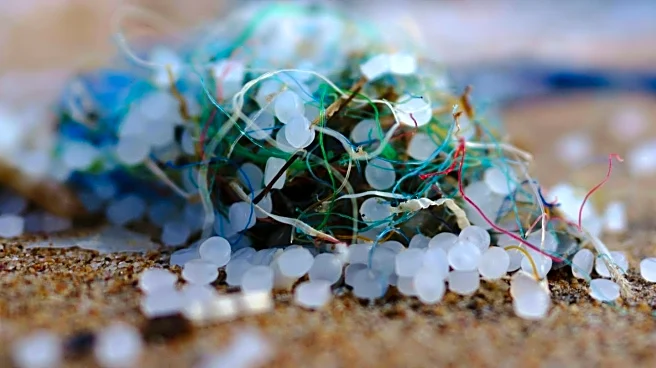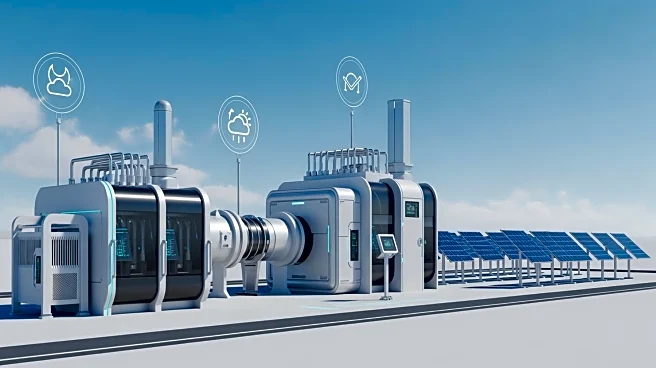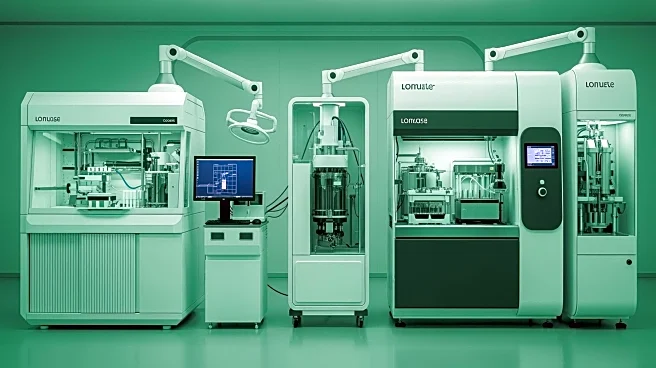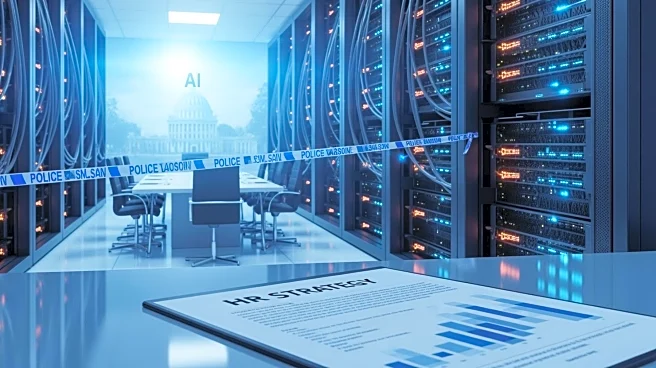What's Happening?
Scientists have developed a new tool to detect nanoplastics, which are tiny pieces of plastic pollution that can enter the human body through water, food, or air. These nanoplastics can cause inflammation,
disrupt cellular function, and hinder recovery, posing a threat to athletes' performance. The tool, known as an optical sieve, allows for the detection of nanoplastics by changing color when exposed to samples containing these particles. This innovation provides a cheaper, faster, and easier method for identifying nanoplastics compared to previous technologies, potentially aiding athletes and coaches in understanding environmental impacts on health and performance.
Why It's Important?
The ability to detect nanoplastics is significant for athletes who rely on optimal physical performance. Nanoplastics can affect recovery, brain function, and long-term strength, making it crucial to identify and mitigate their presence. This tool offers a practical solution for monitoring environmental factors that could impact athletic performance, allowing for better health management and potentially enhancing competitive edge. The broader implications include increased awareness of plastic pollution and its effects on human health, prompting further research and policy development to address these environmental challenges.
What's Next?
The introduction of this detection tool may lead to increased research into the effects of nanoplastics on health and performance, potentially influencing training and recovery protocols for athletes. As awareness grows, there may be a push for stricter regulations on plastic pollution and efforts to reduce environmental exposure. Companies focused on combating microplastics in the body could emerge, offering new products and solutions to protect athletes and the general public from these invisible threats.
Beyond the Headlines
The detection of nanoplastics raises ethical questions about environmental responsibility and the impact of human activities on health. It highlights the need for sustainable practices and the reduction of plastic waste. The cultural shift towards environmental consciousness may drive changes in consumer behavior and industry standards, promoting eco-friendly alternatives and innovations.
